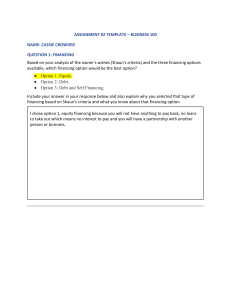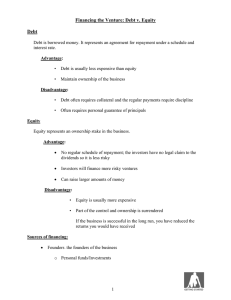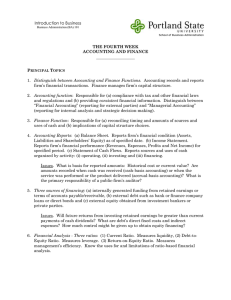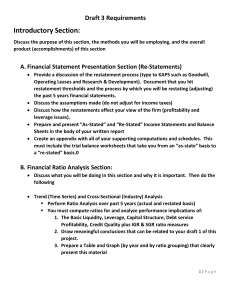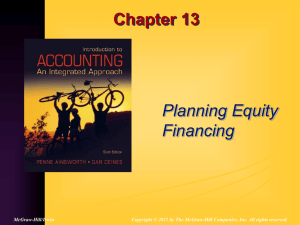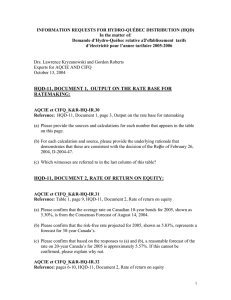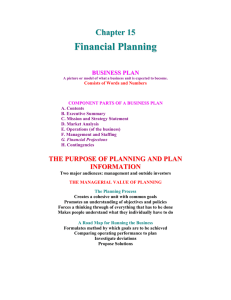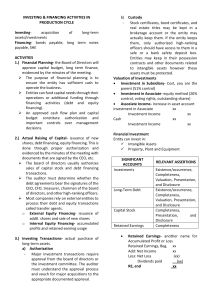Sample Business Plan Outline - Navajo Business, Navajo Nation
advertisement
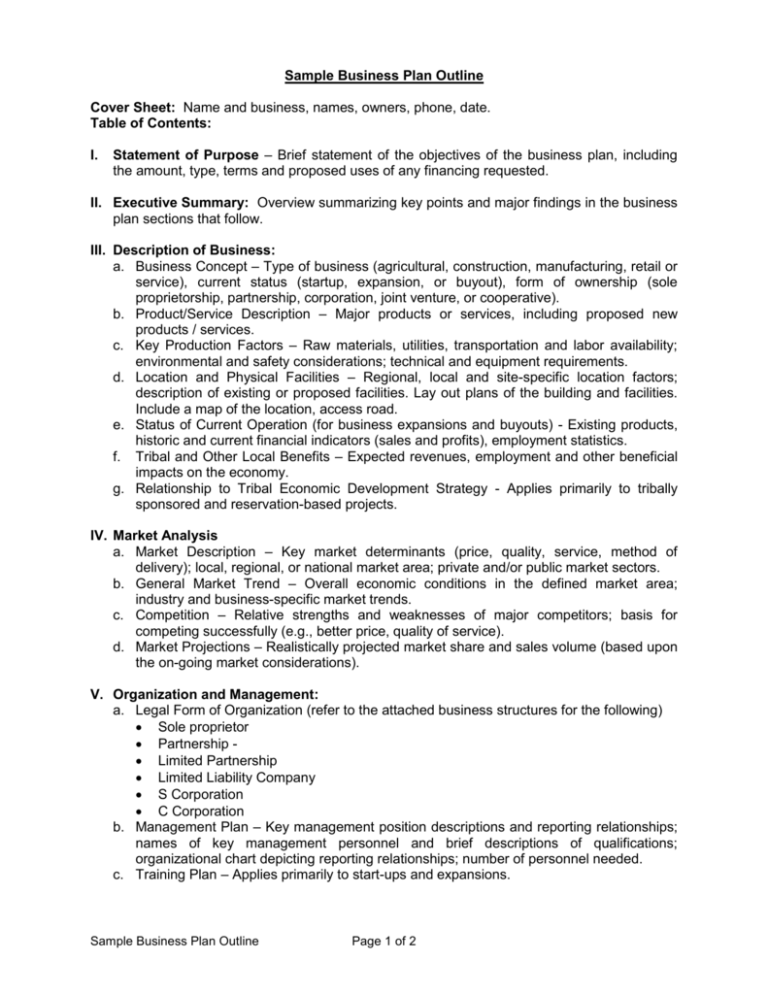
Sample Business Plan Outline Cover Sheet: Name and business, names, owners, phone, date. Table of Contents: I. Statement of Purpose – Brief statement of the objectives of the business plan, including the amount, type, terms and proposed uses of any financing requested. II. Executive Summary: Overview summarizing key points and major findings in the business plan sections that follow. III. Description of Business: a. Business Concept – Type of business (agricultural, construction, manufacturing, retail or service), current status (startup, expansion, or buyout), form of ownership (sole proprietorship, partnership, corporation, joint venture, or cooperative). b. Product/Service Description – Major products or services, including proposed new products / services. c. Key Production Factors – Raw materials, utilities, transportation and labor availability; environmental and safety considerations; technical and equipment requirements. d. Location and Physical Facilities – Regional, local and site-specific location factors; description of existing or proposed facilities. Lay out plans of the building and facilities. Include a map of the location, access road. e. Status of Current Operation (for business expansions and buyouts) - Existing products, historic and current financial indicators (sales and profits), employment statistics. f. Tribal and Other Local Benefits – Expected revenues, employment and other beneficial impacts on the economy. g. Relationship to Tribal Economic Development Strategy - Applies primarily to tribally sponsored and reservation-based projects. IV. Market Analysis a. Market Description – Key market determinants (price, quality, service, method of delivery); local, regional, or national market area; private and/or public market sectors. b. General Market Trend – Overall economic conditions in the defined market area; industry and business-specific market trends. c. Competition – Relative strengths and weaknesses of major competitors; basis for competing successfully (e.g., better price, quality of service). d. Market Projections – Realistically projected market share and sales volume (based upon the on-going market considerations). V. Organization and Management: a. Legal Form of Organization (refer to the attached business structures for the following) Sole proprietor Partnership Limited Partnership Limited Liability Company S Corporation C Corporation b. Management Plan – Key management position descriptions and reporting relationships; names of key management personnel and brief descriptions of qualifications; organizational chart depicting reporting relationships; number of personnel needed. c. Training Plan – Applies primarily to start-ups and expansions. Sample Business Plan Outline Page 1 of 2 VI. Financial Analysis a. Capital Requirement – Funds needed for business startup (renovation, equipment purchase, inventory purchases, etc.), expansion or buyout; working capital required for ongoing operations. b. Structure of Financing – Equity and debt financing secured or requested to meet capital requirements. c. Financial Forecast – Forecasted for the next three years Income Statement Cash flow forecast Balance Sheet d. Explanatory Notes to Financial Forecast – Statements regarding the research data and key assumptions on which the financial forecasts are based. e. Key Financial Ratios and Measures of Performance – Debt/equity and debt coverage ratios; rate of return on equity and assets; accounts receivable and inventory turnover rates. f. Break-even Analysis g. Historic Financial Statements – For existing businesses. h. Balance sheets and statements of operations (income and expenses) for the next year. VII. Supporting Documents: Detailed product descriptions, technical specifications, photographs and promotional materials; tentative business buy/sell agreement; cost quotations from building contractors, equipment dealers, insurance agents and other suppliers; inventories of existing business equipment and property, appraisals of business equipment and property; letters of intent to hire, contracts in hand or in progress; franchise or marketing agreements; management agreements resumes of key personnel; organizational documents (partnership, joint venture of cooperative agreement, or articles of incorporation and by-laws); contract and lease agreements; loans payable; loan amortization schedules, current personal financial statements and credit profile(s) of owner(s); federal income tax return(s) of owner(s) and business for the past three years. Sample Business Plan Outline Page 2 of 2




